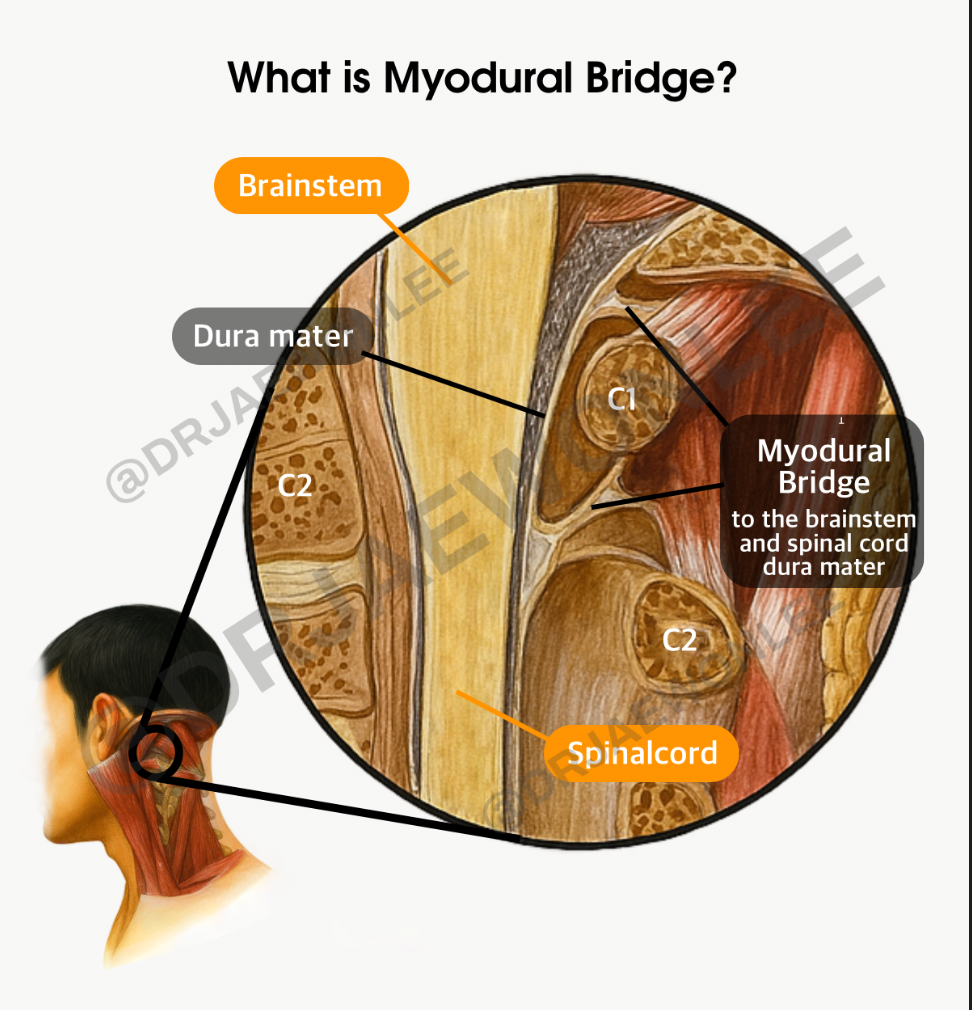Upper Cervical Misalignment and Brain-Body Communication
- New York UCC

- Sep 11
- 3 min read
Health depends on clear signaling between the brain and body. The nervous system regulates homeostasis through continuous bidirectional communication between the brain and peripheral structures. This communication loop traverses the brain, brainstem, spinal cord, peripheral nerves, and end-organ systems.
Because of its anatomical position, the upper cervical spine (C0–C1–C2) plays a disproportionate role in maintaining the integrity of this pathway. Research shows that upper cervical misalignment and brain-body communication are closely linked, since even small shifts at the cranio-cervical junction can impose mechanical stress on the brainstem, compromise neurovascular structures, and alter proprioceptive input. These disruptions interfere with afferent and efferent signaling, leading to wide-ranging physiological consequences.

Brain → Brainstem
Cerebral cortical and subcortical regions project to the brainstem, which regulates autonomic and motor control. The trigeminocervical complex integrates nociceptive and proprioceptive input from cervical structures, influencing headache and migraine generation (Bartsch & Goadsby, 2003).
Effect of Misalignment: Aberrant mechanical input from C0–C2 may sensitize brainstem nuclei, resulting in altered pain processing, vestibular dysfunction, and autonomic imbalance.
Brainstem → Spinal Cord
Descending tracts from the brainstem coordinate postural tone, reflexes, and autonomic outflow. A structurally compromised upper cervical spine can alter cerebrospinal fluid (CSF) hydrodynamics and neural conduction (Henderson et al., 2010).
Effect of Misalignment: Dysregulation of descending inhibitory pathways may contribute to chronic pain syndromes, hypertonicity, and impaired sensorimotor control.
Spinal Cord → Peripheral Nervous System
The spinal cord relays efferent commands to peripheral nerves. The rectus capitis posterior minor muscle has a direct fascial connection to the dura mater—the myodural bridge—suggesting cervical dysfunction may mechanically influence dural tension and spinal cord dynamics (Hack et al., 1995).
Effect of Misalignment: Transmission to peripheral nerves may be distorted, manifesting as radiculopathy-like symptoms, altered reflexes, or diffuse somatic dysfunction.
Peripheral Nervous System → Tissues and Organs
Peripheral nerves innervate muscles, viscera, and vasculature. Autonomic signals are essential for cardiovascular, gastrointestinal, and immune regulation.
Effect of Misalignment: Interference at the upper cervical level may contribute to dysautonomia, including variations in heart rate, blood pressure instability, and impaired visceral regulation.
Tissues and Organs → Brain (Feedback Loop)
Peripheral receptors provide constant afferent input to the CNS. When distorted by cervical misalignment, this feedback loop produces inaccurate sensory information, overloading central integrative pathways.
Effect of Misalignment: Patients may experience sensorimotor mismatch (dizziness, disequilibrium), chronic fatigue, or impaired adaptive responses.
Upper Cervical Misalignment and Brain-Body Communication
Symptoms Linked to Upper Cervical Misalignment
Headaches (tension-type, cervicogenic, migraine-related)
Dizziness, imbalance, and nausea
Brain fog and lightheadedness
Sensations of intracranial pressure
Blurred vision
Occipital neuralgia (nerve pain at the back of the head)
Deep, aching upper neck pain
Pressure in the head or ears
Fatigue
And more
Clinical Relevance of Upper Cervical Care
Upper cervical chiropractic interventions emphasize precise, low-force correction of C0–C2 misalignment. By restoring mechanical alignment and reducing stress on the brainstem and dural structures, these adjustments aim to normalize afferent/efferent signaling, improving neurological function and systemic health outcomes.
Take the First Step Toward Healing
Given the significant role of the upper cervical spine in regulating neurophysiological function, early detection and correction of misalignment should be prioritized in clinical settings. Patients experiencing recurrent headaches, dizziness, autonomic disturbances, or unexplained systemic dysfunction may benefit from an upper cervical evaluation.
If you or someone you know is struggling with unresolved health challenges, I encourage you to schedule a consultation at New York Upper Cervical Chiropractic. Through precise imaging, advanced analysis, and gentle corrective care, we can determine whether upper cervical misalignment is contributing to your condition and help restore the body’s natural ability to heal and regulate.
📍 505 Northern Blvd, Ste 309, Great Neck, NY 11021
📲 516) 969-3330




